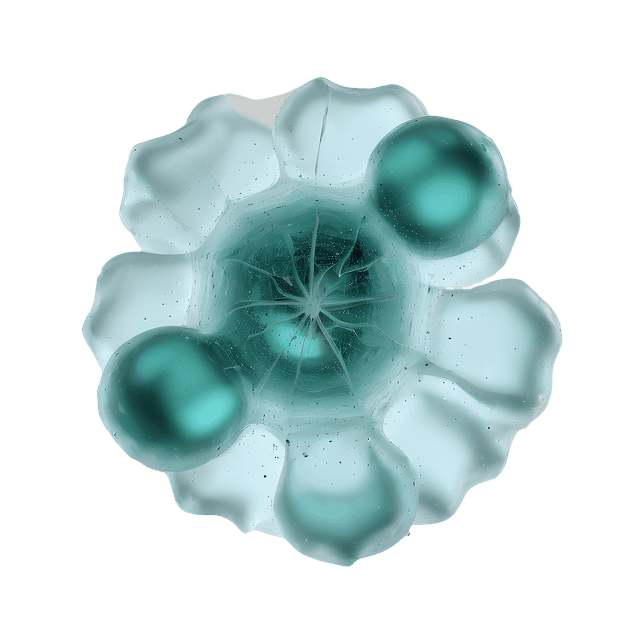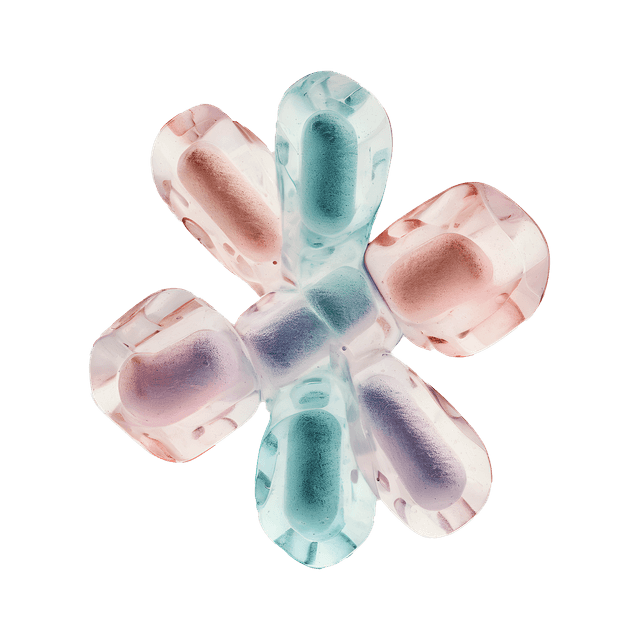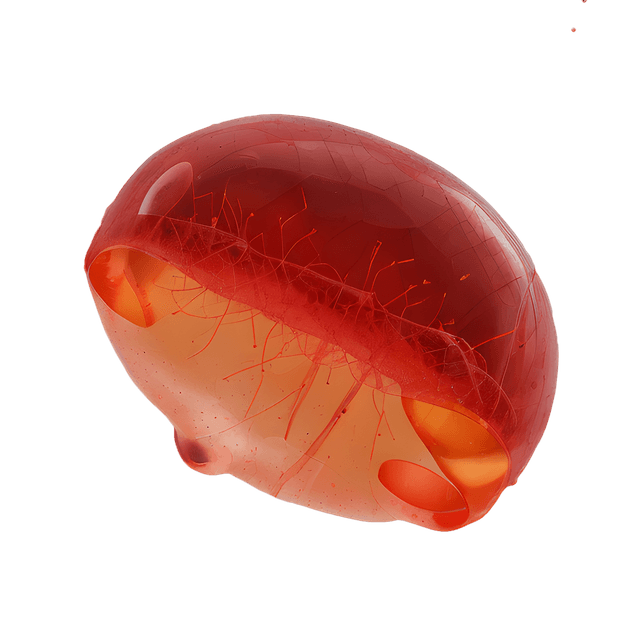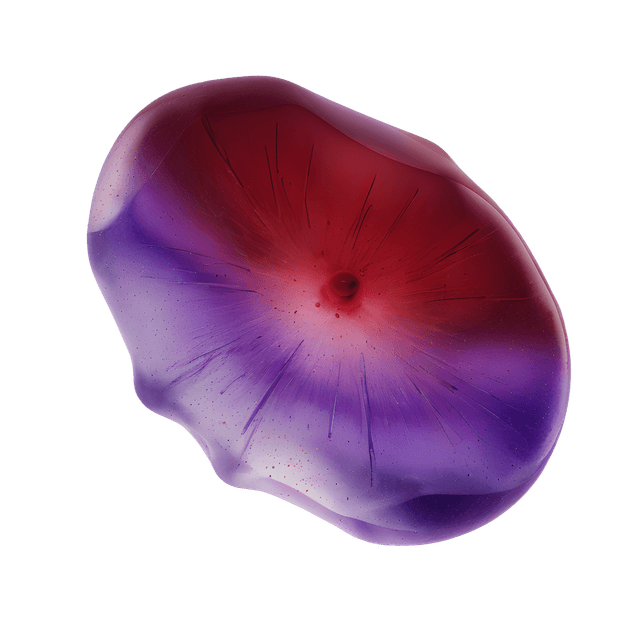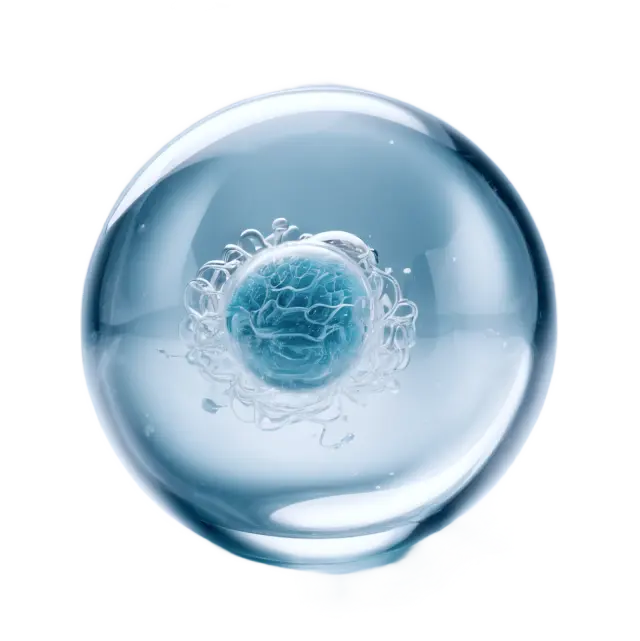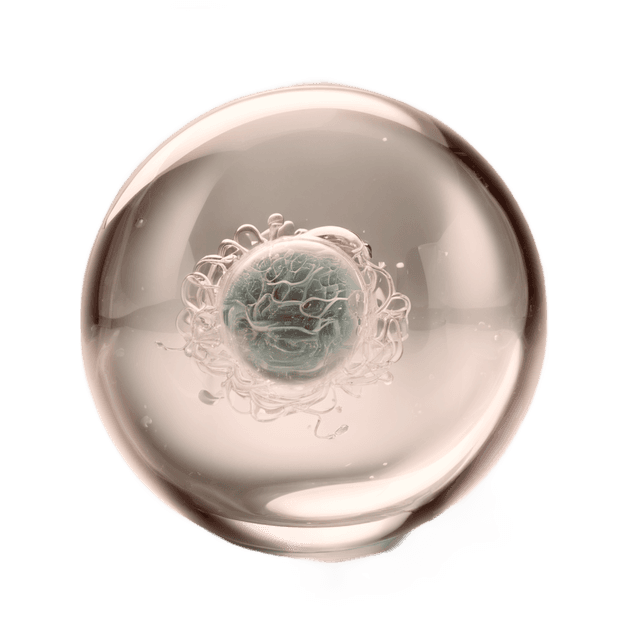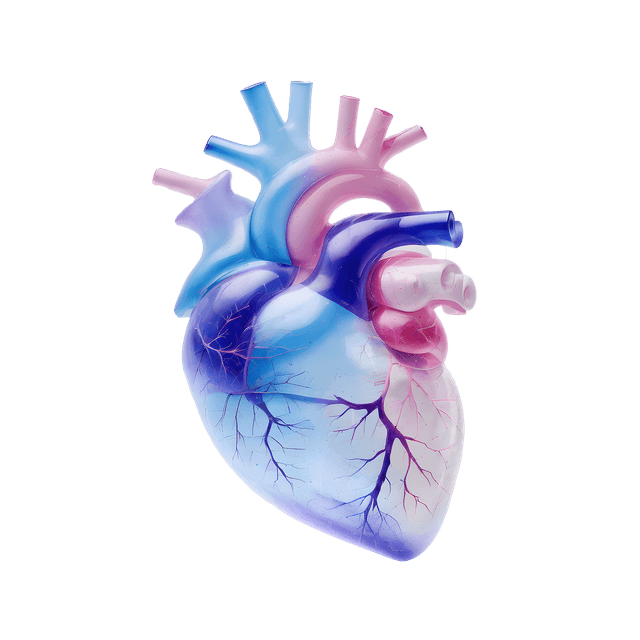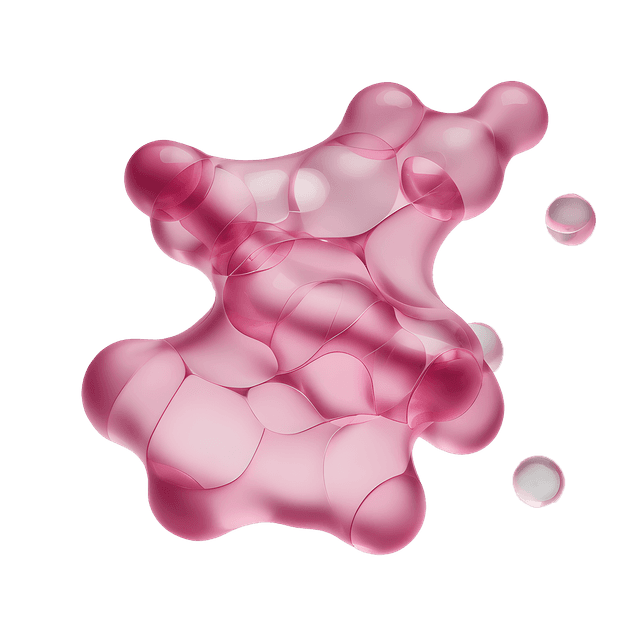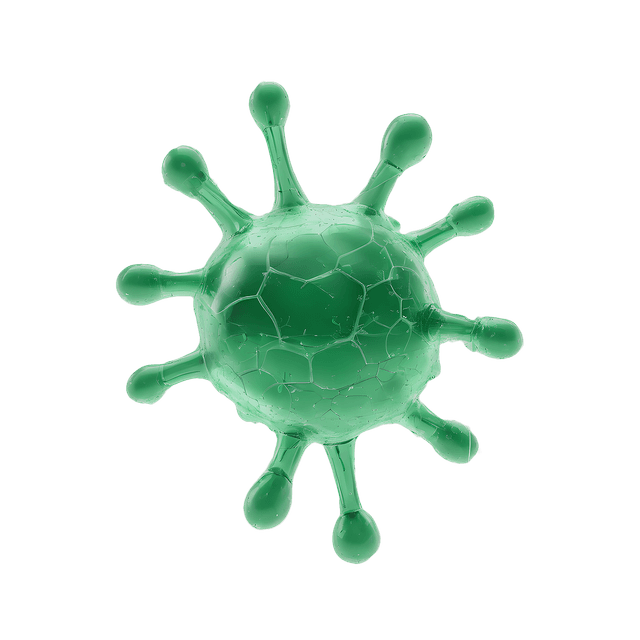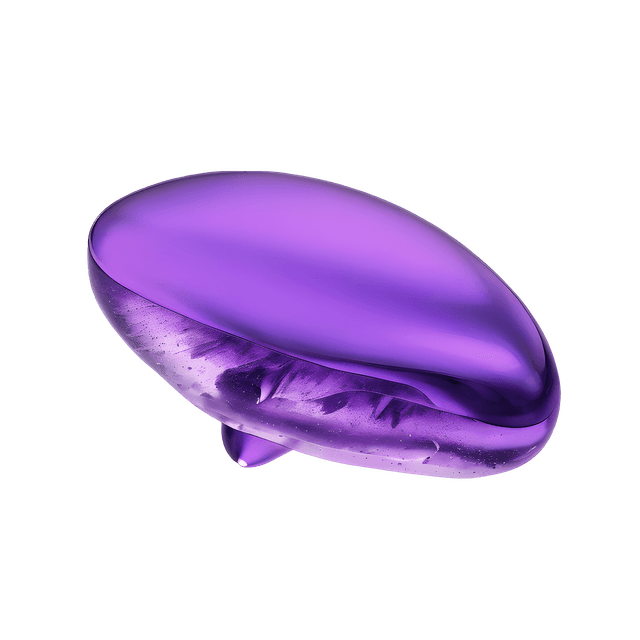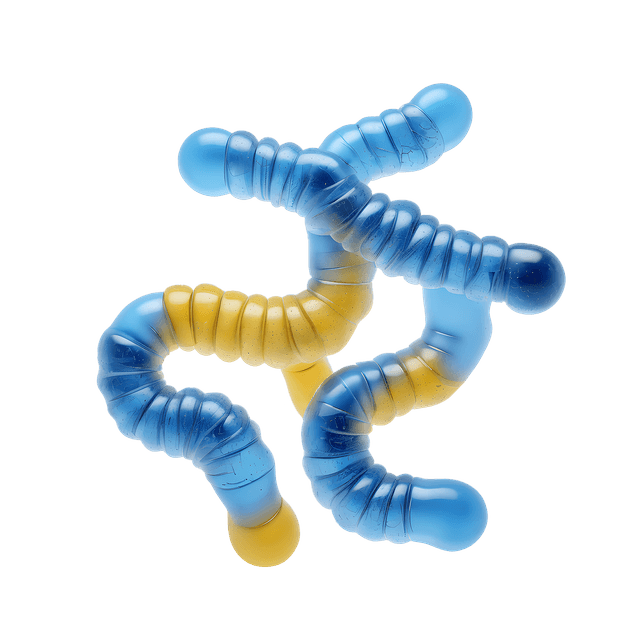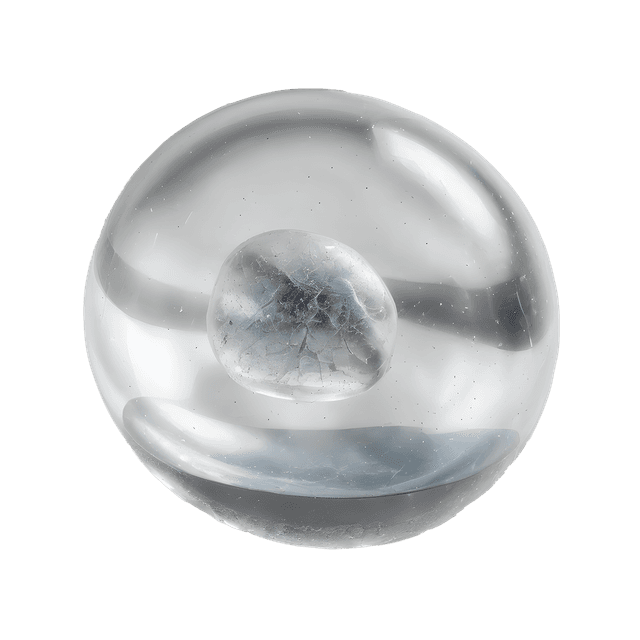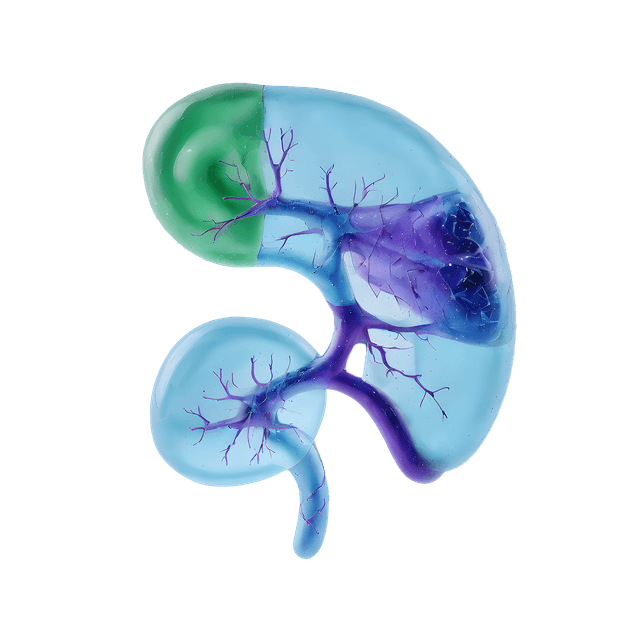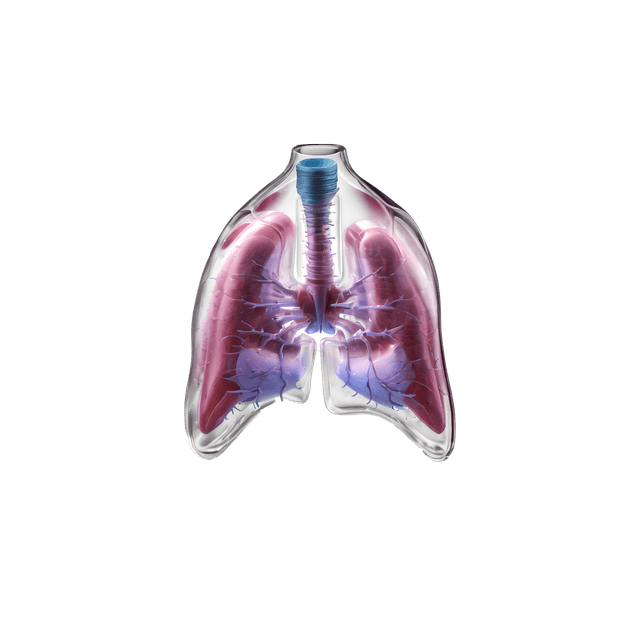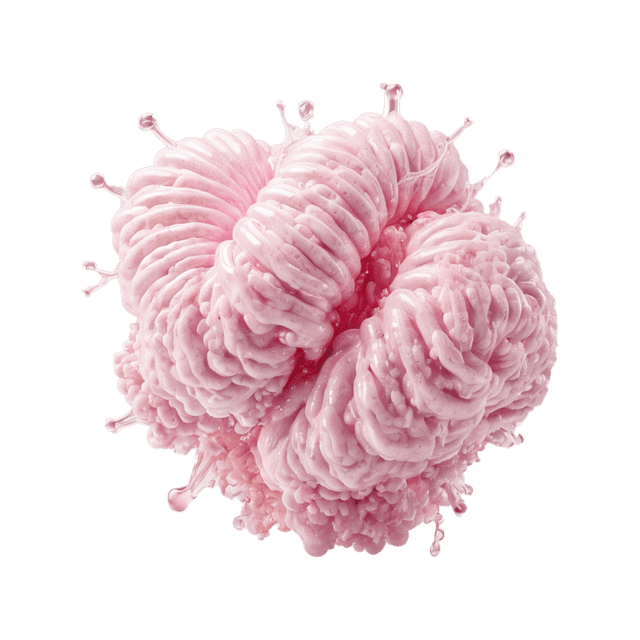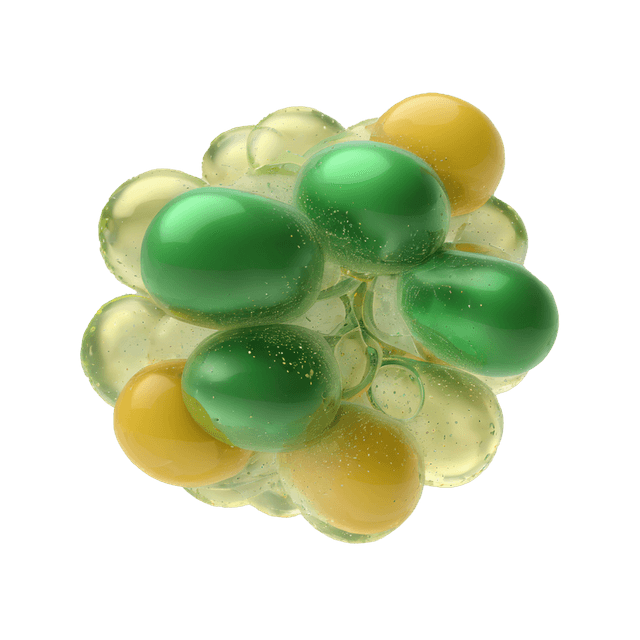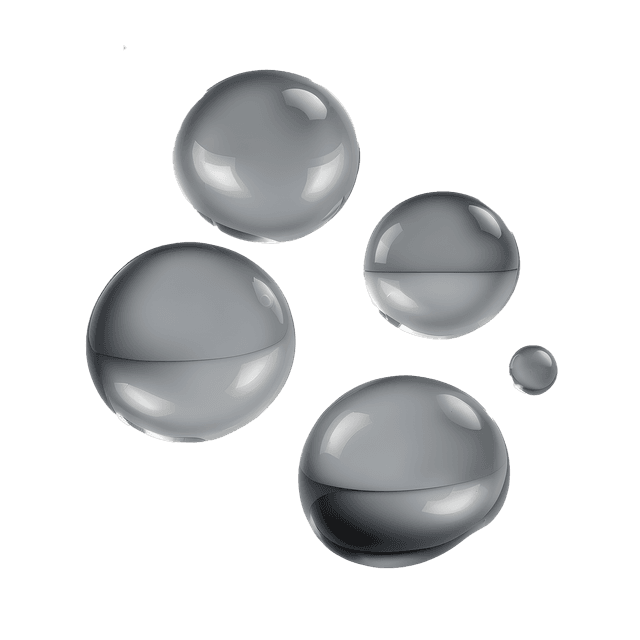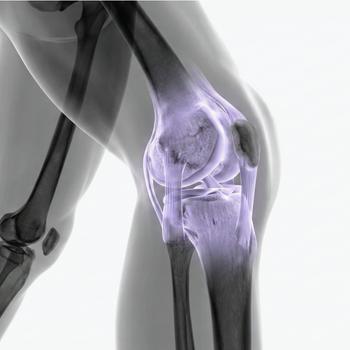Quick version
The knee, especially its front, is a vulnerable part of the body that often suffers from strain-related problems and local pain.
- The front of the knee contains the kneecap and important tendon attachments
- A common area for strain injuries and inflammation
- The pain often increases when climbing stairs, jumping and squatting
- Affects both active young people and older people with wear and tear
- Is examined with clinical tests and sometimes diagnostic imaging
What is the knee?
The knee is the front, outer part of the middle part of the leg where the thigh and lower leg meet. The most obvious structure on the front is the kneecap (patella), which is embedded in the tendon from the front of the thigh. The knee has an important role in the movement of the leg, but is also a common site for pain and injury due to pressure, strain and trauma to its surface.
Anatomy of the front of the knee
The front of the knee is dominated by the kneecap, which lies inside the quadriceps tendon. Beneath the kneecap is a mucous sac (bursa) and tendon attachments that can cause discomfort when overused. The skin over the knee is thin and mobile, making the area sensitive to pressure and impact.
Function and load
The knee allows the leg to bend and extend. The front of the knee acts as a protector when walking, running and kneeling. It is exposed to pressure from muscles and body weight, especially when climbing stairs, squatting and sitting down.
Common causes of pain in the front
Anterior knee pain is often caused by overload, inflammation of the bursa, softening of the cartilage behind the kneecap or irritated tendon attachments. This is common in young athletes and people who spend a lot of time on their knees.
Common conditions and diseases
Pain in the front of the knee can be due to Schlatter (in growing children), jumper's knee (tendon inflammation), patellofemoral pain syndrome, or bursitis (inflammation of the bursa).
Examination and diagnosis
The front of the knee is examined by the doctor pressing on the structures around the kneecap, testing the muscles and tendons, and evaluating gait and load patterns. Sometimes ultrasound or MRI of the knee is used for unclear pain or suspected cartilage damage.
Relevant symptoms
- Pain when walking up stairs or after sitting still
- Tenderness over the lower edge of the kneecap
- Clipping or cracking sounds with movement
- Swelling at the front of the knee
- Pain when kneeling
Related conditions and diagnoses
- Patellofemoral pain syndrome
- Jumper's knee
- Schlatter's disease
- Prepatellar bursitis
- Chondromalacia patellae



